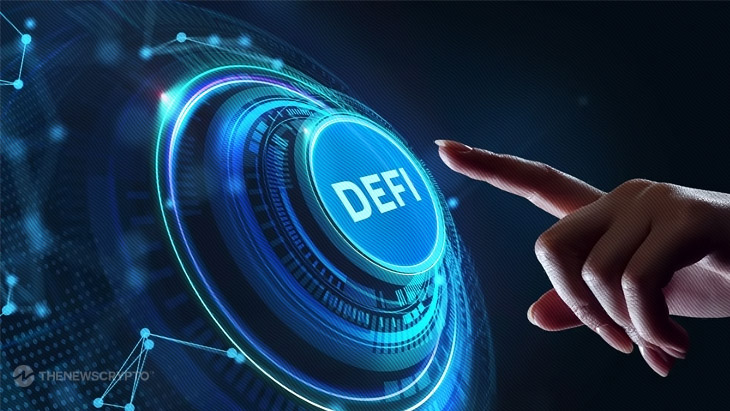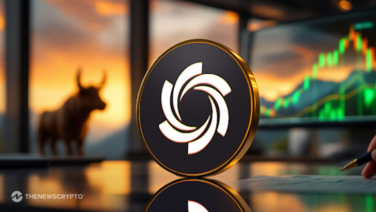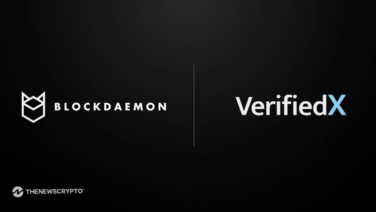The most recent signs point to both growth and a radical change. The market’s current maturation towards logic, efficiency, and increased risk awareness is in line with the growing interest in DeFi returns. “The State of DeFi” report from Exponential, an investment platform for crypto holders has shed light on key findings.
Putting Safety Above High Yields
Our findings show that investors strongly choose security above the chase of huge returns. A whopping 75% of DeFi’s total value locked (TVL) is now held in pools with low annual percentage yields of 0-5%. This cautious allocation, which is especially noticeable in Ethereum staking pools, represents a significant shift in investor sentiment. Preference for predictability and safety has shifted significantly from just pursuing yield to established practices like Lido.
At Exponential, our broad risk framework demonstrates our commitment to protecting your interests. We provide an extensive analysis of the risks related to DeFi pools by analyzing many on-chain and off-chain elements. This strategy demonstrates a developing DeFi industry that places a premium on a stable and secure environment, combined with an increasing tendency towards investing in pools with good security and risk management requirements (rated A or B).
A Resurgence of Hope in DeFi
From $26.5 billion in the third quarter of 2023 to $59.7 billion in the first quarter of 2024, the TVL in yield-generating DeFi protocols has steadily increased. The DeFi markets are showing signs of renewed confidence and liquidity as a result of this revival.
DeFi employment trends are also changing. At Exponential, we categorize protocols according to the ‘job’ they carry out in order to provide yield. Interest in industries like insurance and derivatives has declined, despite a notable move towards low risk ventures like staking and secured lending. Due to intrinsic knowledge asymmetries between liquidity suppliers and yield seekers, this shift emphasizes the difficulties in incorporating certain financial activities into the DeFi framework.
Staking and Restaking
The demand for Ethereum staking has increased even more with the introduction of restaking via EigenLayer. Restaking raises returns but also increases risk by enabling stakers to use their staked Ether to secure more networks. EigenLayer’s explosive rise—its TVL has surpassed $12 billion—places restaking atop the 2024 trend map, offering increased yields and the potential for several airdrops.
Market Making
Market Making enables instantaneous liquidity provision for traders to exchange digital assets on decentralized exchanges, while earning fees for liquidity providers on transactions.
The rise of decentralized exchanges, or DEXs, has been restrained. The reluctance around DEXs has led to a year-over-year TVL reduction for the majority of DEXs, mostly because of concerns about transient loss and how it is portrayed in the media. The difference between the value of assets stored within a pool and their worth if they were kept outside, without taking into consideration the revenue from trading fees, is known as impermanent loss.
Bridging and the Rise of Layer 2s
Digital assets may be moved across blockchain networks with the help of bridging, and liquidity providers are paid a transfer charge for each transaction.
The rise of Layer 2 rollups has caused the bridging sector’s TVL to climb by 51% in the last year, from $94.8 million to $143.6 million. Thanks to more profitable and secure bridging models, third-party bridging protocols like Across and Synapse are benefiting from greater fees as the DeFi ecosystem spreads across networks.
The bridging industry is maturing, and the shift toward trustless or trust-minimized models—like optimistic bridges and zero-knowledge (ZK) proofs—offers a more cohesive and effective DeFi ecosystem.
From Activity-driven Yields to Rewards-based Yields
A further look at the yield components reveals a decline in the share of rewards-based yields, pointing to a DeFi industry that is maturing and becoming more and more supported by genuine on-chain activity.
The incentives component dropped from around 35% in 1Q23 to 28% in 1Q24 when comparing year over year. A new stage of DeFi’s development and complexity is indicated by the move away from incentive-based approaches. Nevertheless, incentives remain a viable strategy to draw new users and money to DeFi, accounting for around one-third of the overall return.
Conclusion
The changing DeFi scene shows that people are become more cautious about their financial decisions. The desire for stability over speculative high returns and the move towards risk awareness indicate that the DeFi ecosystem is not only rebounding but also maturing. DeFi has a bright future ahead of it thanks to its creative financial solutions and sustainable business methods as we enter a new phase of expansion.








